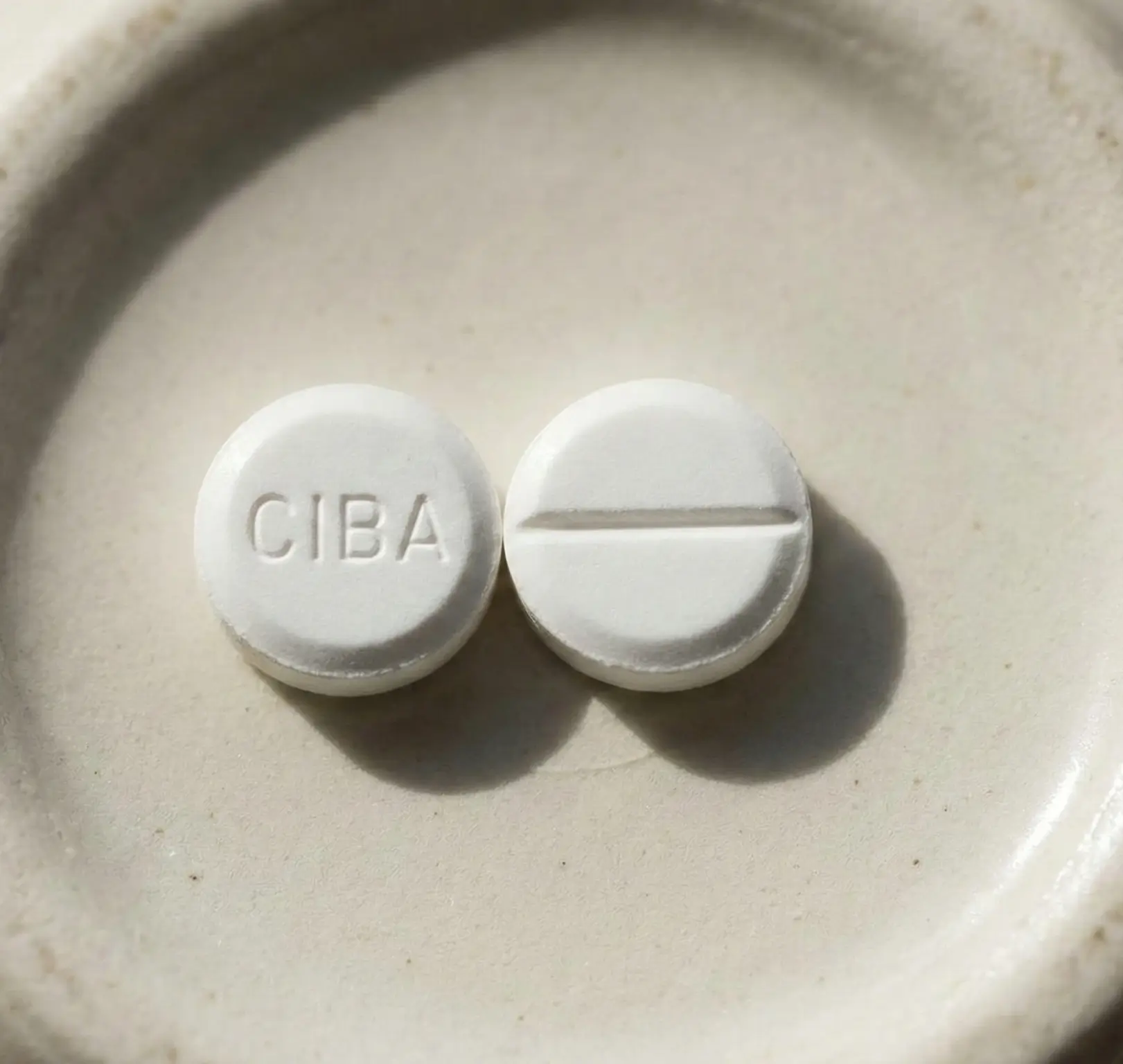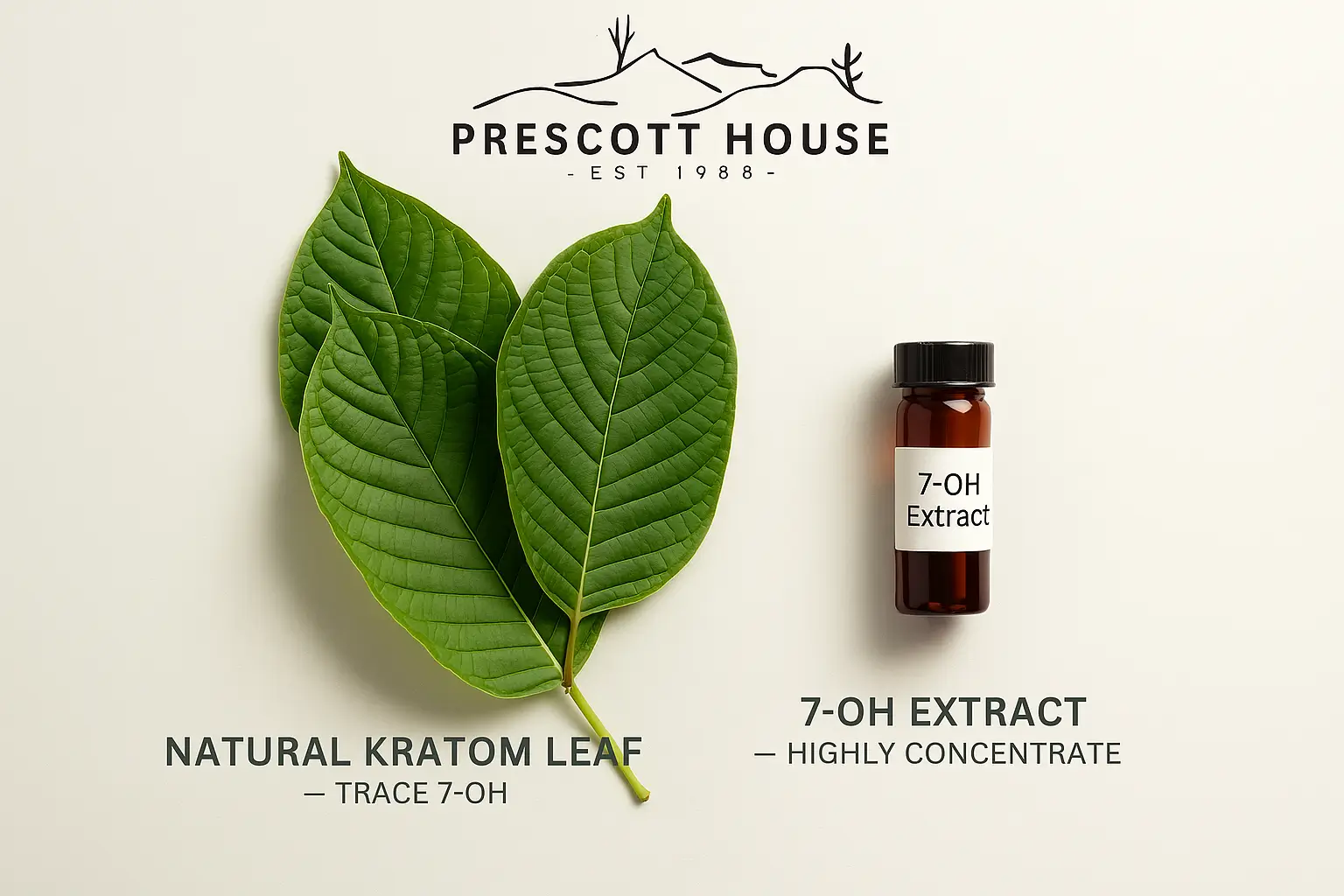Understanding Street Drug Prices
To gain insight into the world of illegal drugs, it is important to understand street drug prices. By understanding the factors that influence these prices, individuals can make more informed decisions and gain a better understanding of the risks associated with drug use.

Why is it Important to Understand Street Drug Prices?
Understanding street drug prices can provide valuable information about the drug market and its dynamics. It allows individuals to make informed decisions and assess the potential financial, health, and legal risks associated with drug use.
By being aware of the street prices, individuals can better recognize when they are being charged excessively or manipulated by dealers. It also enables individuals to plan and manage their finances responsibly, as drug use can have significant financial implications.
Factors Influencing Street Drug Prices
Several factors influence the prices of street drugs. These factors can vary depending on geographic location, drug purity and quality, and supply and demand dynamics.
Geographic Location
Street drug prices can vary significantly from one location to another. Factors such as availability, transportation costs, and law enforcement efforts can influence the prices in a particular area. For example, the price of marijuana may differ in states where it is legal versus states where it is still illegal.
Drug Purity and Quality
The purity and quality of street drugs can also impact their prices. Dealers may charge more for drugs that are considered to be of higher quality or purity. Conversely, drugs that are diluted or adulterated with cutting agents may be sold at lower prices. It is important to note that the purity and quality of street drugs can vary significantly, and there is a risk of consuming substances that are contaminated or laced with other dangerous substances.
Supply and Demand
Supply and demand play a significant role in determining street drug prices. When the supply of a particular drug is limited or the demand is high, prices tend to increase. Conversely, if the supply is abundant or the demand decreases, prices may decrease. Factors such as law enforcement efforts, drug production, and market trends can influence the supply and demand dynamics of street drugs.
Understanding the factors that influence street drug prices can provide individuals with a broader perspective on the drug market. However, it is important to remember that engaging in drug use poses serious risks, including financial consequences, health risks, and legal consequences. If you or someone you know is struggling with substance abuse, it is essential to seek help and support.

Common Street Drugs and Their Prices
Understanding the prices of street drugs is important for gaining insight into the illicit drug market. Here, we will explore the prices of some commonly abused street drugs, including marijuana, cocaine, heroin, methamphetamine, and MDMA (Ecstasy).
Marijuana
Marijuana, a widely used recreational drug, can vary in price depending on various factors such as quality, strain, and geographic location. The following table provides a general overview of the approximate prices of marijuana:
Quantity and Price Range
Gram: $10 - $20
Eighth (3.5 grams): $25 - $60
Quarter (7 grams): $50 - $120
Ounce (28 grams): $150 - $400
Cocaine
Cocaine is a highly addictive stimulant drug that is often associated with higher prices compared to other street drugs. The cost of cocaine can vary significantly based on factors such as purity, quantity, and location. Here is a general overview of the approximate prices of cocaine:
Quantity and Price Range
Gram: $60 - $100
Eighth (3.5 grams)L $200 - $350
Quarter (7 grams): $400 - $700
Ounce (28 grams): $1,400 - $2,800
Heroin
Heroin, a potent opioid drug, is known for its devastating effects on individuals and communities. The price of heroin can vary widely based on factors such as purity, location, and availability. Here is a general overview of the approximate prices of heroin:
Quantity and Price Range
Bag (0.1 grams): $5 - $20
Bundle (10 bags): $50 - $200
Gram: $100 - $300
Ounce (28 grams): $2,800 - $8,000
Methamphetamine
Methamphetamine, a powerful stimulant drug, is known for its addictive properties and detrimental effects on both physical and mental health. The price of methamphetamine can vary depending on factors such as location, purity, and quantity. Here is a general overview of the approximate prices of methamphetamine:
Quantity and Price Range
Gram: $80 - $150
Eighth (3.5 grams): $250 - $500
Quarter (7 grams): $500 - $1,000
Ounce (28 grams): $1,600 - $3,500
MDMA (Ecstasy)
MDMA, commonly referred to as Ecstasy or Molly, is a synthetic psychoactive drug that is popular in the party and club scene. The price of MDMA can vary based on factors such as purity, quantity, and location. Here is a general overview of the approximate prices of MDMA:
Quantity and Price Range
Pill (single dose): $10 - $40
Gram: $80 - $150
Eighth (3.5 grams): $250 - $500
Ounce (28 grams): $1,600 - $3,500
It's important to note that drug prices can fluctuate and vary significantly depending on numerous factors. The prices provided here are approximate and intended to provide a general understanding of the street drug market.
Variations in Street Drug Prices
Street drug prices can vary significantly depending on several factors. Understanding these variations can provide insight into the dynamics of the illicit drug market. Here are three key factors that influence street drug prices: geographic location, drug purity and quality, and supply and demand.
Geographic Location
One of the most significant factors affecting street drug prices is the geographic location. Prices can vary widely from one region to another, even within the same country. This is primarily influenced by the availability of the drug in a particular area and the level of law enforcement efforts. Higher drug availability in an area can often lead to lower prices, while areas with restricted drug supply may experience higher prices.
To further understand the specific street drug prices in your area, it is advisable to consult local resources or law enforcement agencies for accurate and up-to-date information. However, it's important to remember that engaging in or supporting illegal drug activities is illegal and comes with numerous risks.
Drug Purity and Quality
Another crucial factor that impacts street drug prices is drug purity and quality. The purity of a drug refers to the percentage of the active compound present in the substance. Higher purity drugs are generally more potent and therefore, may command higher prices. Conversely, drugs with lower purity may be less expensive due to dilution or adulteration.
The quality of the drug, which encompasses factors such as appearance, smell, and taste, can also influence prices. Drugs that are perceived to be of higher quality or have a better reputation in terms of effects may be more expensive. However, it's important to note that the perception of quality can be subjective and may not always reflect the actual content or potency of the drug.
Understanding drug purity and quality is crucial for individuals to make informed decisions about their substance use. Misuse of drugs with unknown purity and quality can significantly increase the risk of adverse health effects or overdose. If you or someone you know is struggling with substance abuse, seeking professional help and support is strongly recommended.
Supply and Demand
The supply and demand dynamics of the illicit drug market play a significant role in determining street drug prices. When the supply of a particular drug is low or there is a high demand for it, prices tend to increase. Conversely, if the supply is abundant or the demand decreases, prices may decrease.
Factors such as law enforcement efforts, drug production, smuggling routes, and global market trends can all influence the supply and demand of drugs. For example, disruptions in drug production or significant law enforcement operations can lead to temporary shortages and subsequent price increases.
It's important to note that the illegal drug market is highly volatile and subject to rapid changes. The prices mentioned in this article are for informational purposes only and may not reflect the current market conditions. For specific information on street drug prices, it is advisable to consult local resources or law enforcement agencies.
Understanding the variations in street drug prices is essential for gaining insight into the complex dynamics of the illicit drug market. However, it's important to prioritize health and safety by avoiding illegal drug use and seeking help and support when needed. If you or someone you know is struggling with substance abuse, there are resources available for information and support.
Risks Associated with Street Drug Prices
As with any illicit activity, the trade of street drugs comes with its fair share of risks. Understanding the potential consequences associated with street drug prices is essential for making informed decisions. This section highlights some of the key risks, including financial consequences, health risks, and legal consequences.
Financial Consequences
Engaging in the purchase and use of street drugs can have significant financial implications. Street drugs often come at a high cost, and individuals may find themselves spending substantial amounts of money to sustain their drug use. Additionally, the price of drugs can fluctuate due to various factors, such as availability and demand.
The financial burden of drug addiction can be overwhelming, leading to financial instability, debt, and even loss of employment or educational opportunities. It is crucial to recognize that the expenses associated with drug use extend beyond the initial purchase price, including potential legal fees, healthcare costs, and the impact on personal relationships.
Health Risks
Street drugs pose considerable health risks to individuals who use them. The substances themselves may be adulterated or contaminated, leading to unpredictable and dangerous effects. The lack of regulation and quality control in the illegal drug market means that the purity and potency of street drugs can vary significantly.
Furthermore, the methods of administration, such as injection or smoking, can increase the risk of contracting infectious diseases like HIV or hepatitis. Additionally, the long-term use of certain drugs can lead to severe health complications, including organ damage, mental health disorders, and addiction.
It is important to note that seeking accurate information about drug use, its associated risks, and available support and treatment options is crucial for minimizing harm. .
Legal Consequences
Engaging in the purchase, possession, or sale of illegal drugs carries significant legal risks. The severity of legal consequences varies depending on the jurisdiction and the specific drug involved. Law enforcement agencies actively work to combat drug trafficking and enforce drug laws, leading to potential arrests, criminal charges, and imprisonment.
A drug-related criminal record can have long-lasting repercussions, affecting employment prospects, educational opportunities, and personal relationships. It is crucial to recognize that the legal consequences of illegal drug involvement extend not only to users but also to those involved in the drug trade.
Understanding the potential financial, health, and legal risks associated with street drug prices is essential for making informed choices and protecting oneself from harm. If you or someone you know is struggling with substance abuse, seeking help and support is vital. There are various resources available, including treatment options for substance abuse, which can provide guidance and assistance in overcoming addiction and finding a path towards recovery.
Seeking Help and Support
If you or someone you know is struggling with substance abuse and the complex issues surrounding street drug prices, it's essential to seek help and support. There are resources available to provide information, guidance, and treatment options for individuals dealing with substance abuse.
Resources for Information and Support
When it comes to understanding street drug prices and the associated risks, it's crucial to gather accurate and reliable information. There are numerous resources available that can provide valuable insights into the world of substance abuse. These resources include:
- Government Websites: Many government websites provide comprehensive information on drug abuse, addiction, and treatment options. These websites often offer resources specific to different substances, such as marijuana, cocaine, heroin, methamphetamine, and MDMA (Ecstasy). They can provide information on the effects of these drugs, their street prices, and the risks associated with their use.
- Helplines and Hotlines: Helplines and hotlines are available 24/7 to provide immediate support and assistance to those struggling with substance abuse. These helplines can connect individuals with trained professionals who can offer guidance, resources, and referrals to local treatment centers. If you or someone you know needs immediate help, don't hesitate to reach out to a helpline in your country or region.
- Support Groups: Support groups can be invaluable for individuals seeking understanding and connection with others who have similar experiences. Groups like Narcotics Anonymous (NA) and Alcoholics Anonymous (AA) provide a supportive environment where individuals can share their stories, receive guidance, and gain strength from others who are on a similar journey.
Treatment Options for Substance Abuse
When it comes to addressing substance abuse and the challenges associated with street drug prices, various treatment options are available. It's important to remember that treatment should be tailored to each individual's unique needs. Some common treatment options include:
- Inpatient Rehabilitation: Inpatient rehabilitation programs offer a structured environment where individuals can receive intensive treatment and support. These programs typically involve a combination of therapy, counseling, and medical supervision to help individuals overcome substance abuse.
- Outpatient Programs: Outpatient programs provide treatment while allowing individuals to live at home and maintain their daily routines. These programs offer flexibility and can be suitable for individuals with less severe substance abuse issues.
- Counseling and Therapy: Individual counseling and therapy sessions can be highly effective in addressing the root causes of substance abuse. Therapy can help individuals develop coping mechanisms, identify triggers, and work towards long-term recovery.
- Medication-Assisted Treatment (MAT): Medication-assisted treatment combines medications with counseling and therapy to help individuals overcome substance abuse. These medications can help manage withdrawal symptoms and cravings, allowing individuals to focus on their recovery.
Remember, seeking professional help is essential when dealing with substance abuse and the associated challenges. It's important to consult with healthcare professionals, addiction specialists, and treatment centers to determine the most suitable course of action based on individual circumstances.













